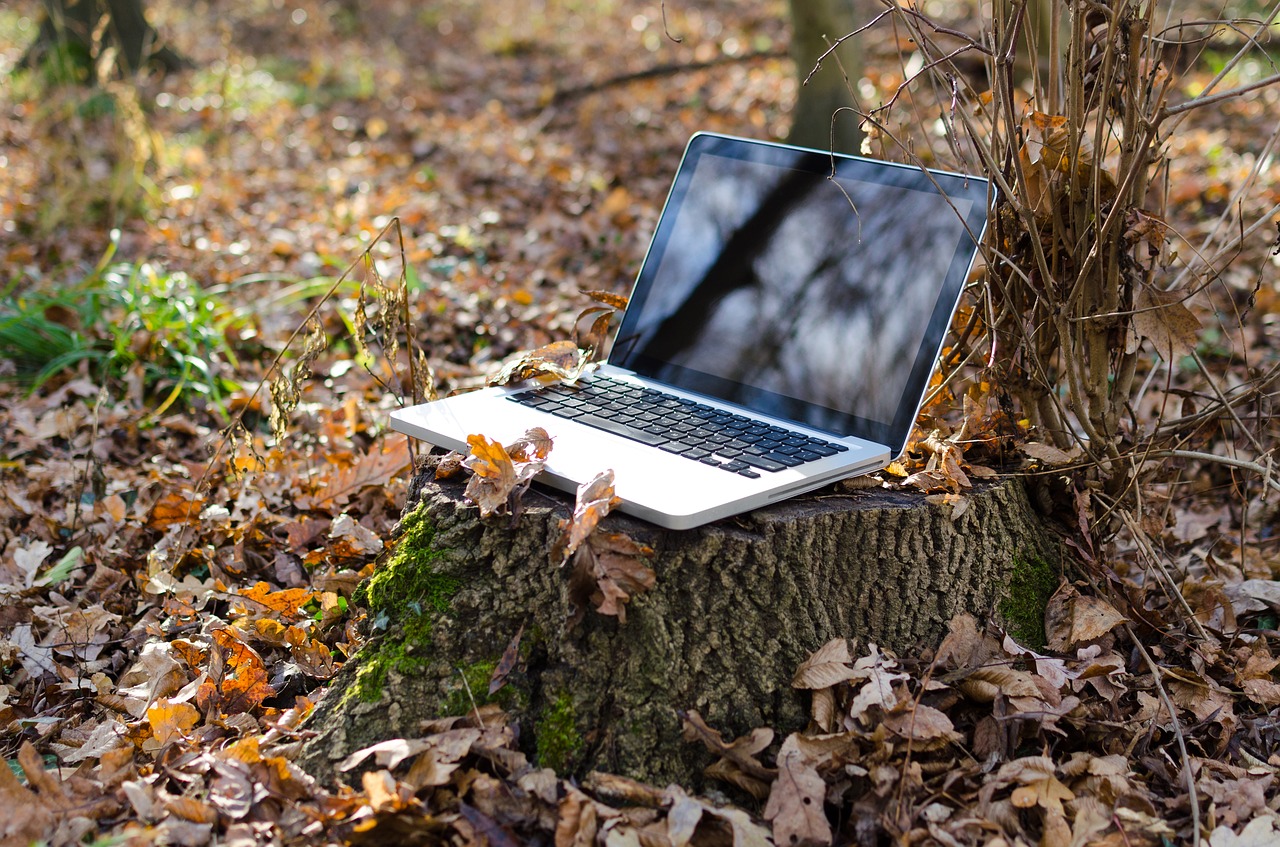Running my own software company, I run into people trying to solve all kinds of different problems with software. As such, I end up using a variety of different technologies, languages, platforms, and frameworks. Recently, a client project required me to download MATLAB in order to experiment with several existing toolkits needed for the R&D phase of the project. The first thing I noticed was the price tag. Today, the overwhelming majority of development environments are free. However, MATLAB carries a hefty price tag of $800/year for commercial customers. After installing the application, I found out that the plugins (called toolboxes) averaged an additional $500/year. All told, this development environment was going to cost me around $3000/year after all necessary plugins were purchased.
Is It Worth It?
Seeing that MATLAB is so expensive, and so highly regarded by many in the research and academic community, I assumed that the MATLAB user experience was going to be epic! How wrong I was. The code I was examining contained dozens of files across numerous folders. Of course, this isn’t abnormal for any large project and I expect any decent IDE to be able to handle it. Any IDE except MATLAB. Need to find where a function is defined? Don’t expect any tools in MATLAB to accomplish that! Of course, you can do a find in files for all references of a string, but that’s not particularly helpful when a function is called dozens of times or has a short name. How about displaying a call hierarchy so that you can see where functions are being called? Nope – that’s not possible either. Ever aspect of the IDE proved to be well below what was commonly available in other IDEs.
If you’re not intersected in the user experience, I guess MATLAB is great. Apparently, its ability to perform all kinds of mathematical wizardry is beyond compare. It’s great for solving linear algebra problems and other advanced math tasks. Unfortunately, I wasn’t interested in that.
Open Source Code
I managed to find several open source projects and toolboxes for MATLAB. I was interested in understanding how these particular toolboxes work, so I started examining the code. MATLAB, like so many other languages, is a weakly-typed language. While weakly-typed languages do offer many benefits, readability is rarely one of them. MATLAB also does not require variables to be defined before use. This can be very difficult to follow particularly when the bulk of the code I saw contained neither useful variable names nor adequate comments to understand what’s going on. Very typical of people without a development background.
Conclusion
I was very disappointed with everything I saw in the MATLAB community. I assume most of the users are mathematicians and have no idea the kinds of features that are available in modern environments, so they have no idea what they’re missing. Likewise, I assume they’re used to digging through poorly documented code with variable names like g, f, c, and y. For me as a developer, this is neither acceptable nor maintainable long-term. For number crunching, I much prefer R. It may not have the most advanced IDE, but it doesn’t set me back anything either!









